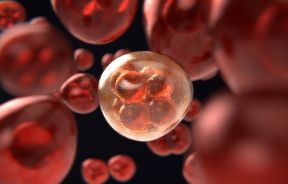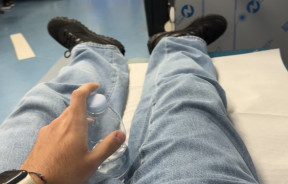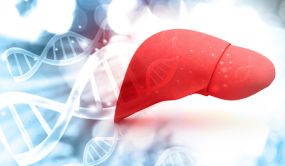Researchers discover cellular switch that controls responses
Researchers have found that links with a cellular switch in the genes that is associated with controlling responses, a study said.
The study revealed that a ‘cellular switch’ referred to as an ‘eye transformer ‘processes data received from extra cellular chemical signals to the nucleus and genes. Research also indicated that when the cellular switch is inactive the data conduits (the "JAK/STAT”) hyper-activates.
This condition is found in human beings and is said to be existent in cases where persons display lack of immunity, allergic conditions, autoimmune diseases, and conditions of terminal illness. The breakthrough, being reported in the November issue of the FASEB journal, suggests a drug significantly useful in such cases.
"We hope that our study will open new horizons for researchers studying mammalian JAK/STAT signaling which eventually leads to better understanding how mammalian JAK/STAT signaling is regulated," said Mika Rämet, Ph.D., co-author of the study from the Institute of Medical Technology at the University of Tampere in Finland. "We hope that this information can be then used in developing better treatments for diseases that are influenced by malfunctioning JAK/STAT signaling."
The breakthrough by Rämet and the research team "silenced" the Drosophila genes entirely by using RNAi-based screening methods in fruit fly cells and then evaluated those genes which were significant for JAK/STAT sequencing. They recognized 5 unique indicators. One indicator of the cellular switch negatively controls the JAK/STAT response during microbial challenge. Findings also indicated that suppressing the cellular switch in the optical sensors of Drosophila by in vivo RNAi, causes increase of JAK/STAT sequencing, indicating drastic eye growth when such signaling was sequenced.
"We tend to treat immune diseases after the inflammation switch has been turned on," said Gerald Weissmann, M.D., Editor-in-Chief of the FASEB Journal and a past president of the American College of Rheumatology. "This study sheds new light on how we mig



























